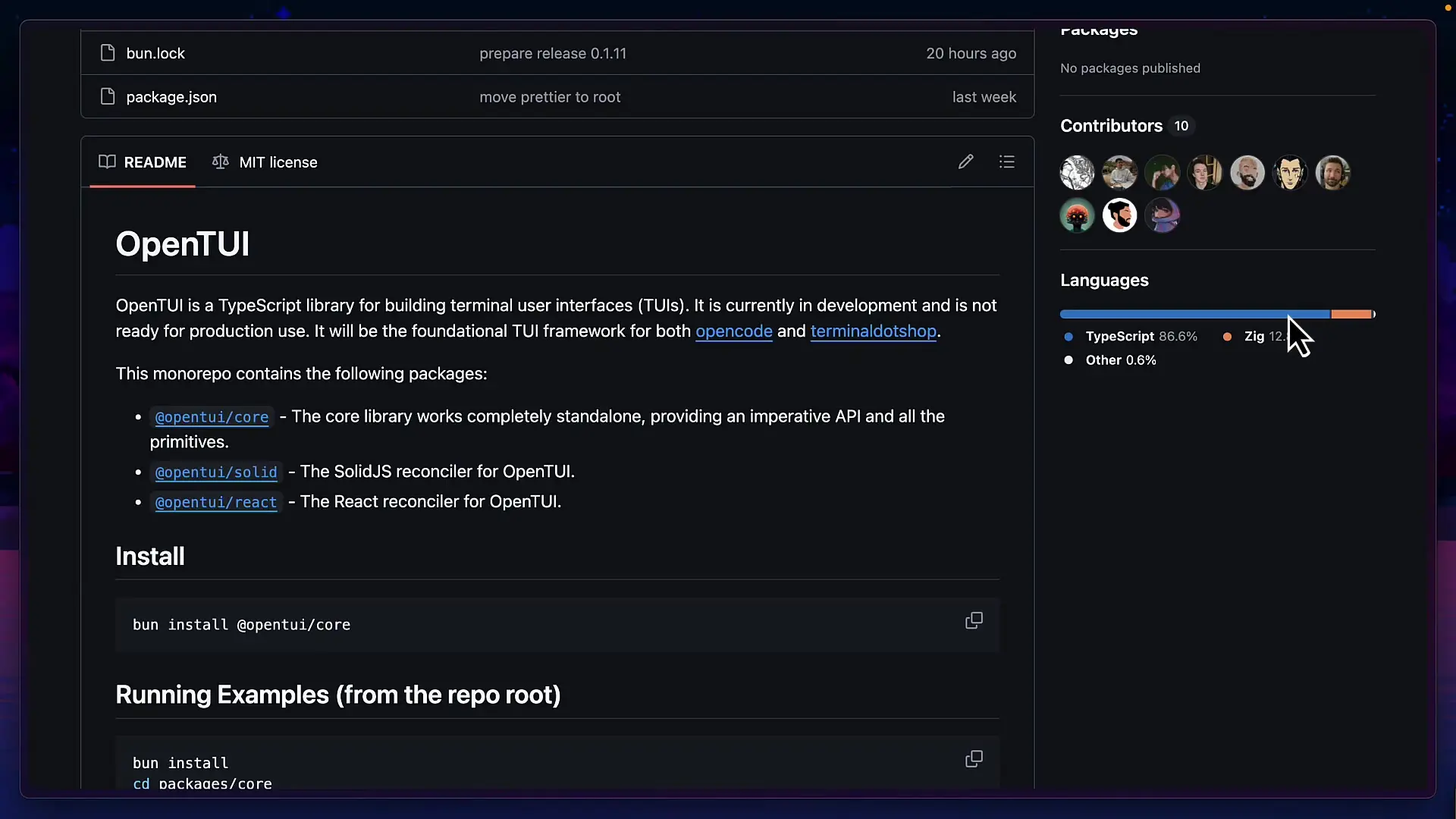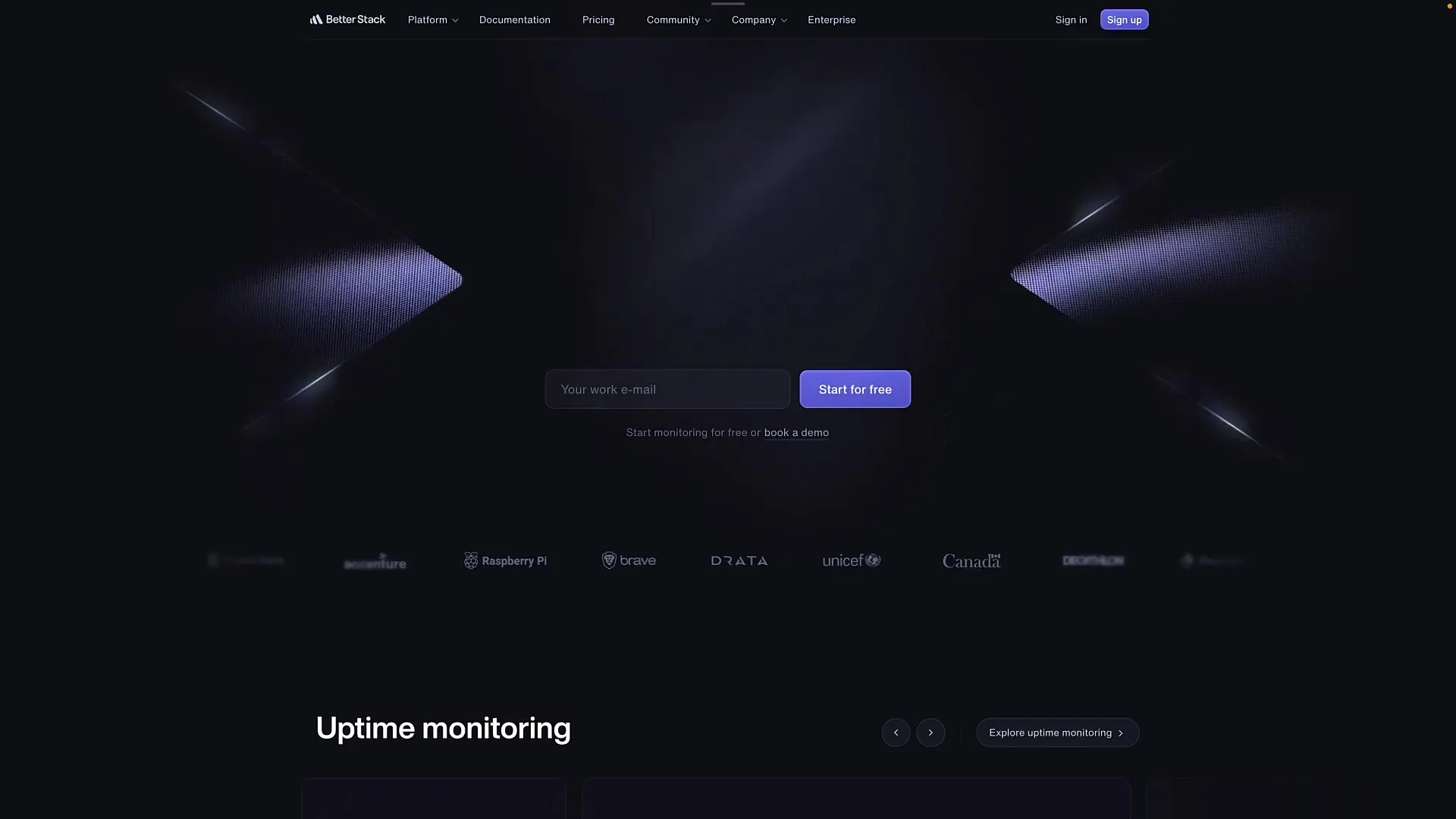
Ink is a TypeScript library that uses React to power some of the most popular terminal AI tools including Quen Code, Gemini CLI, and Claude Code. For React developers looking to create terminal applications, Ink offers a familiar and intuitive approach to building terminal user interfaces with the same component-based architecture they're used to.
But the question arises: is using React and TypeScript for terminal applications efficient, especially when performance is concerned? Let's explore Ink's capabilities, limitations, and a promising alternative that might replace it.
Building a Simple Counter App with Ink
To understand Ink's approach, let's walk through building a basic counter application. The beauty of Ink is that it allows React developers to leverage their existing knowledge to create terminal UIs.
import React, { useState, Fragment } from 'react';
import { Box, Text, useInput } from 'ink';
const App = ({ name = 'stranger' }) => {
const [count, setCount] = useState(0);
useInput((input, key) => {
if (input === 'k') setCount(count + 1);
if (input === 'j') setCount(count - 1);
});
return (
<Fragment>
<Box borderStyle="round" flexDirection="column" padding={1}>
<Text>Hello, {name}</Text>
<Box marginY={1}>
<Text>Count: {count}</Text>
</Box>
<Box>
<Text dimColor>Press k to increment, j to decrement</Text>
</Box>
</Box>
</Fragment>
);
};
export default App;This simple example demonstrates several key features of Ink. We're able to use React hooks like useState and custom Ink hooks like useInput. The UI is structured with Box components for layout and Text components for displaying content. We can also apply styling with props like borderStyle, flexDirection, and dimColor.
Advantages of Using Ink for Terminal UIs
- Familiar React component model and hooks system
- Support for React DevTools for debugging
- Flexbox-based layouts using the same mental model as web development
- Rich ecosystem of additional packages (like spinners, progress bars, etc.)
- Standard output rendering capabilities
- Mature library with established community support
For React developers, Ink provides an intuitive way to build terminal applications without learning a completely new paradigm. The component-based architecture and hooks system make state management and UI composition straightforward.
The Performance Cost of React in the Terminal
Despite its advantages, Ink comes with significant performance overhead. A simple counter application built with Ink can consume approximately 50MB of memory in development mode and 32MB when bundled. This is a substantial resource requirement for what should be a lightweight terminal application.
For comparison, the same counter application built with Go using Bubble Tea (a popular terminal UI library) uses only 13MB in development and less than 4MB when compiled. This stark difference is due to Ink's inclusion of a JavaScript runtime, React's core code, and the WebAssembly version of Yoga for flexbox layouts.
These performance constraints likely explain why Ink is hardcoded to run at 32 frames per second and why some major projects like OpenAI's CodeCLI have moved away from it in favor of Rust-based alternatives.
Open TUI: The Future of TypeScript Terminal UIs

The team behind Open Code is developing a promising alternative called Open TUI. This library is built with Zig and TypeScript, offering impressive terminal user interfaces with better memory efficiency than Ink.
Open TUI leverages Bun's foreign function interface (FFI) to enable communication between TypeScript libraries and Zig code. This approach provides the developer experience of TypeScript with the performance benefits of a lower-level language.
A similar counter application built with Open TUI uses less memory than Ink, though still more than Bubble Tea. However, using the SolidJS implementation or Open TUI Core directly could potentially reduce memory usage even further.
Comparing React Terminal UI Libraries
- Ink (React + TypeScript): High memory usage (32-50MB), mature ecosystem, familiar React API
- Open TUI (Zig + TypeScript): Moderate memory usage, still in development, supports React and SolidJS APIs
- Bubble Tea (Go): Low memory usage (4-13MB), different programming paradigm, steeper learning curve for React developers
The choice between these libraries depends on your priorities. If developer experience and familiarity with React are paramount, Ink remains a solid choice. If performance is critical, Bubble Tea might be better. Open TUI aims to strike a balance between these extremes.

Implementation Example with Open TUI
While Open TUI is still in development, it's already being used to replace the Bubble Tea components in Open Code. The React API is similar to Ink, making migration relatively straightforward for existing Ink applications.
// Example Open TUI React implementation (similar to Ink)
import React, { useState } from 'react';
import { Box, Text, useInput } from 'open-tui/react';
function Counter() {
const [count, setCount] = useState(0);
useInput(input => {
if (input.key === 'k') setCount(prev => prev + 1);
if (input.key === 'j') setCount(prev => prev - 1);
});
return (
<Box border="rounded" direction="column" padding={1}>
<Text>Counter Example</Text>
<Box marginY={1}>
<Text>Count: {count}</Text>
</Box>
<Box>
<Text dim>Press k to increment, j to decrement</Text>
</Box>
</Box>
);
}Conclusion: The Future of React Terminal UI Libraries
Ink has played a crucial role in making terminal UI development accessible to React developers, powering important tools in the AI development ecosystem. However, its performance limitations are becoming increasingly apparent as terminal applications grow more complex.
Open TUI represents a promising evolution, maintaining the developer experience benefits of React while addressing the performance concerns. As it matures, we may see major terminal tools from companies like Anthropic and Google transition from Ink to Open TUI or similar alternatives.
For developers building new terminal applications with React today, Ink remains a practical choice due to its maturity and ecosystem. However, keeping an eye on Open TUI's development would be wise, especially for performance-critical applications or those targeting resource-constrained environments.

Let's Watch!
React Terminal UI Libraries Compared: Why Ink Is Being Replaced by Open TUI
Ready to enhance your neural network?
Access our quantum knowledge cores and upgrade your programming abilities.
Initialize Training Sequence